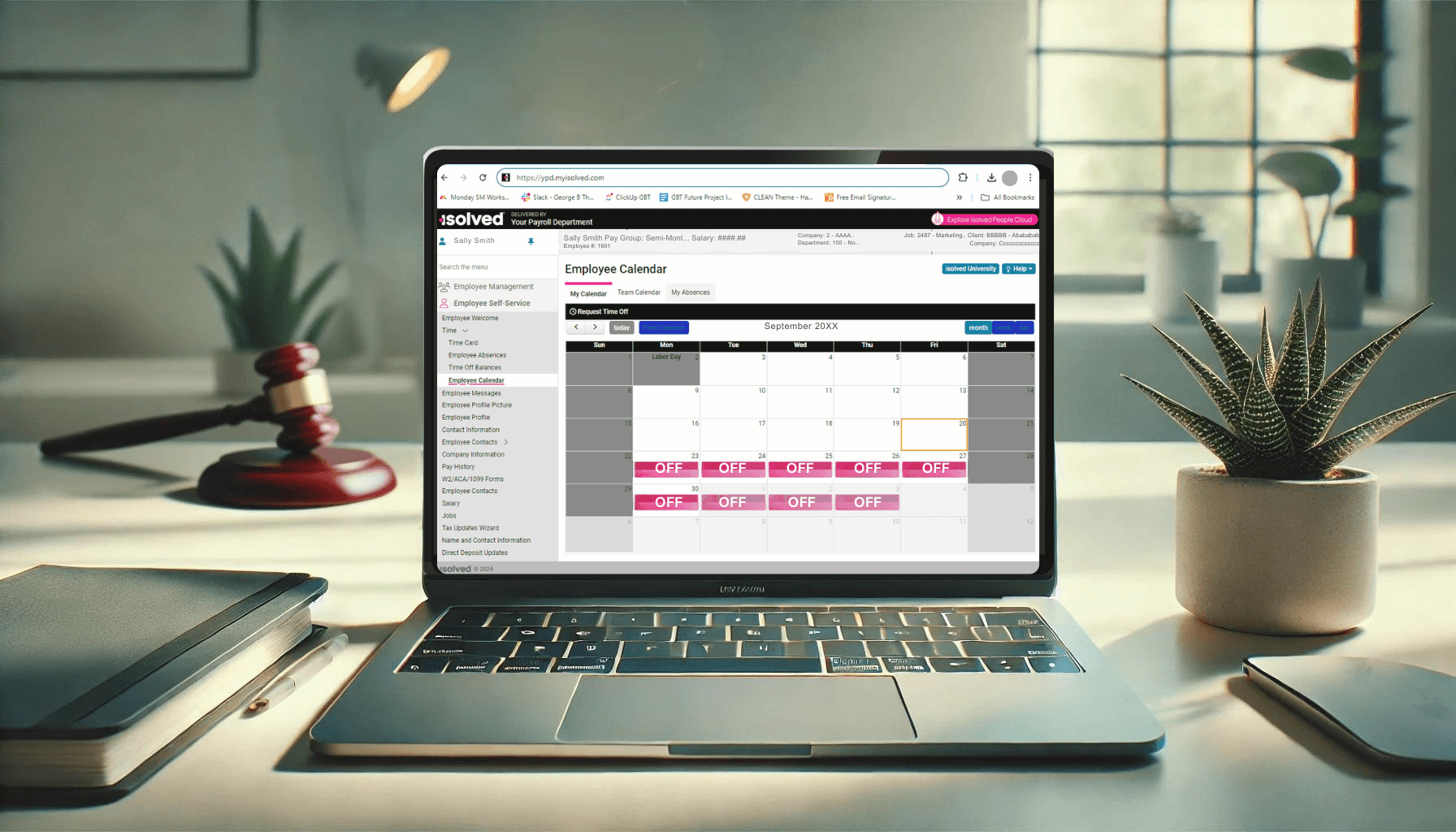What Is Electronic Payment, and Why Does it Matter in 2022?
The accounting process is already full of long and repetitive processes, so it can be especially beneficial to automate it. Electronic payments, in...
2 min read
.jpg) The YPD Team
| October 17, 2022
The YPD Team
| October 17, 2022

A common question we hear from our clients is how to calculate overtime in a bi-weekly cycle. That’s because overtime is calculated in Illinois and Wisconsin when staff are paid less often than on a weekly basis. It's paramount that you calculate overtime for your employees correctly so that you’re not in violation of your state’s labor laws.
Both states’ regulations regarding overtime closely follow the Federal Fair Labor Standards Act (FLSA).
Here’s what the FLSA has to say about calculating overtime.
“An employer who requires or permits an employee to work overtime is generally required to pay the employee premium pay for such overtime work. Employees covered by the FLSA must receive overtime pay for hours worked in excess of 40 in a workweek* of at least one and one-half times their regular rates of pay. The FLSA does not require overtime pay for work on Saturdays, Sundays, holidays, or regular days of rest, unless overtime hours are worked on such days.
The FLSA, with some exceptions, requires bonus payments to be included as part of an employee’s regular rate of pay in computing overtime. Extra pay for working weekends or nights is a matter of agreement between the employer and the employee (or the employee’s representative). The FLSA does not require extra pay for weekend or night work or double time pay.”
*Workweek is defined as a seven-day period that remains constant from one pay period to the next such as Sunday to Saturday, Monday to Sunday etc.
If a business in Illinois or Wisconsin is on a bi-weekly pay cycle, some employers mistakenly believe they only owe an adult employee overtime pay when the employee’s combined hours for the two weeks exceeds 80 hours. That interpretation is incorrect. The correct answer looks at each 7 (consecutive) day period separately to figure out how many hours are considered overtime for the two-week period. For example, let’s say an employee works 50 hours in the first seven days of a bi-weekly pay period, and only works 30 hours in the latter half of the pay period. The employee is considered to have worked 10 hours of overtime that pay period even though their total hours for the pay period equal 80 hours.
It’s true. Vacation, Sick, Holiday, Personal hours etc. are not included in calculating hours subject to overtime. If you pay hourly employees on a monthly (can’t legally pay hourly employees on a monthly basis in Illinois) or semi-monthly pay cycle (2x monthly), the calculations for overtime get even trickier. This is because the 7 consecutive day workweek can and will cross pay periods. To get overtime calculations correct for a workweek that spans two pay periods, you must take into account the hours worked in two different pay periods and add them together to get overtime right for the workweek.
If you think this sounds confusing, it is. Luckily, we offer time clocks that are programmed to correctly calculate overtime for all pay periods. We’ve helped hundreds of companies lock down their back office tasks so that they can get back to what they do best: grow their business. If you’re ready for some help, let's talk – we’re ready!

The accounting process is already full of long and repetitive processes, so it can be especially beneficial to automate it. Electronic payments, in...

3 min read
Employees are the most important assets of any business. And while your people are your most valuable assets, managing your employees...

Paid leave laws have become a critical aspect of employee benefits, especially for small to medium-sized businesses (SMBs). These laws are designed...